Control System Analysis & Design in MATLAB and SIMULINK
"Control System Analysis & Design in MATLAB and SIMULINK" is blueprinted to solve undergraduate control system engineering problems in MATLAB platform. Unified view of control system fundamentals is taken into account in the text. One key aspect of the text is the presentation of computing and graphing materials in a simple intuitive way. Many advances in virtual implementation on control systems have been seen in the past decade. The text elucidates the web of concepts underpinning these advances. Self-working out illustrations and end-of-chapter exercises enthuse the reader a checkup on thorough understanding. The comprehensive introduction will benefit both undergraduates and graduates studying control system and engineering. Also researchers in the field can have the text as reference.
- ISBN 13 : 131213951X
- ISBN 10 : 9781312139510
- Judul : Control System Analysis & Design in MATLAB and SIMULINK
- Pengarang : Mohammad Nuruzzaman,
- Kategori : Technology & Engineering
- Penerbit : Lulu.com
- Bahasa : en
- Tahun : 2014
- Halaman : 312
- Halaman : 312
- Google Book : http://books.google.com/books?id=a2gwBwAAQBAJ&dq=intitle:system+analysis&hl=&source=gbs_api
-
Ketersediaan :
)(ωjHω)(ωjYω Control system analysis does not employ only time domain
technique, frequency based analysis plays a momentous role too. Having a
control system defined in MATLAB, adequate tools and embedded functions are
there to ...









